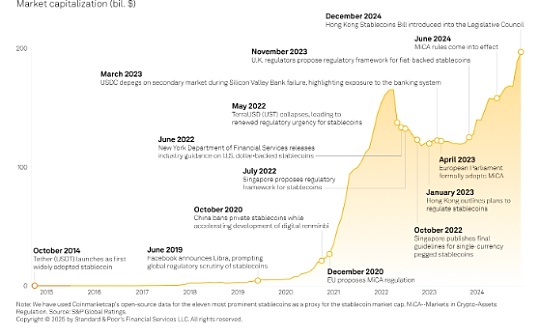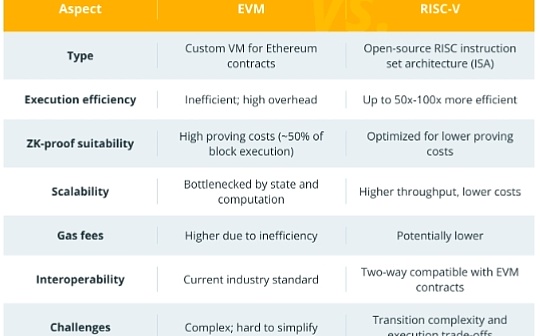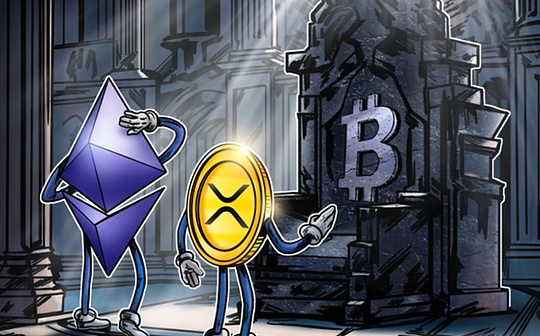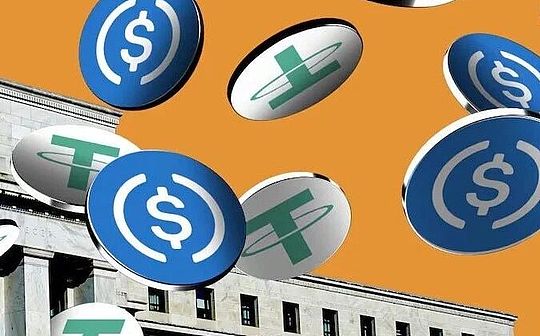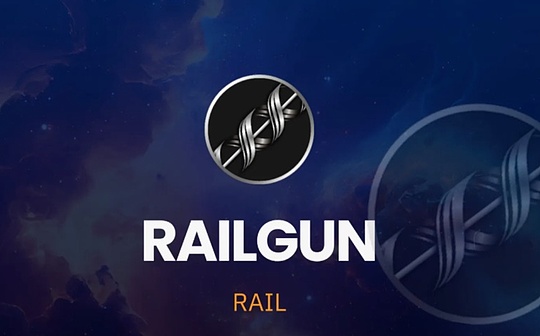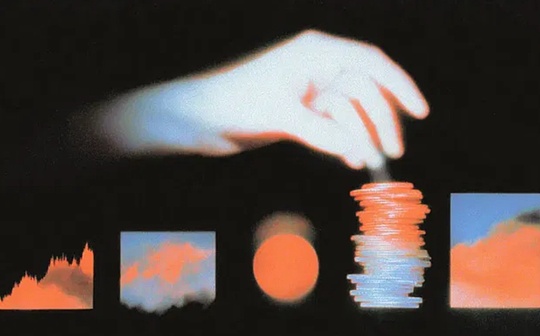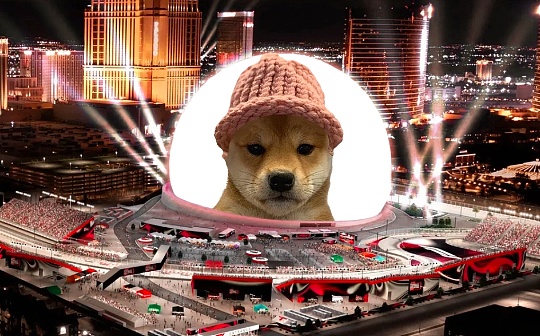
Author: James Smith, CoinTelegraph; Compilation: Baishui, Bitchain Vision
1. What is Dogwifhat (WIF)?
Supported by a community that appreciates the charm and humor of the currency, WIF has even surpassed well-known meme coins such as Shiba Inu and Pepe.
Launched in November 2023, Dogwifhat is a Solana-based memecoin with a Shiba Inu wearing a pink knitted hat.Instead of positioning itself as a symbol of progress or a vision for the future, WIF has kept it simple, embracing its meme identity without any grand ambitions.Even the code “WIF” misspelled “with”, a typical meme form that highlights the interest of the token.
As a memecoin, WIF has no ambitious goals or use cases; it simply adopts a humorous, quirky image of a dog wearing a hat.The fixed supply of WIF is approximately 998.9 million tokens, without a staking or destruction mechanism.Its value comes entirely from community sentiment and speculative activities, resulting in large fluctuations in prices.
Online hype, social media trends, community awareness, celebrity endorsements and speculation may lead to a sharp rise in memecoin prices.Unlike traditional assets, the value of memecoin does not depend on fundamentals, so these price surges are unpredictable.
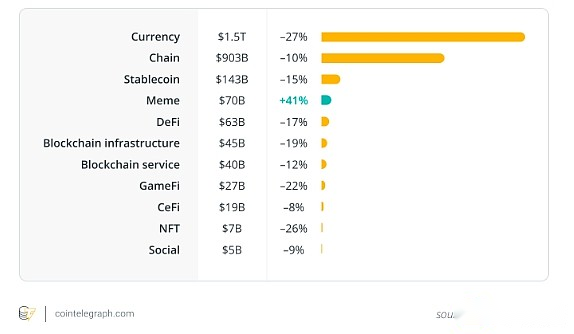
2. How is Dogwifhat different from other memecoins?
While decentralization should ideally be the basic aspect of all blockchain projects, few projects are truly decentralized, let alone memecoins.
Dogwifhat’s governance and structure are in line with the principle of decentralization.There is no individual or entity controlling Dogwifhat because ownership has been transferred to WIF holders entirely.This eliminates any possibility of impact from token creators.
In addition to Dogwifhat, another memecoin Floki Inu has also been very popular recently.Both have attracted the attention of cryptocurrency enthusiasts and memecoin enthusiasts with their unique identities, but both have opened their own paths with different strategies and communities.Let’s see how these two competitors in the memecoin space are different.
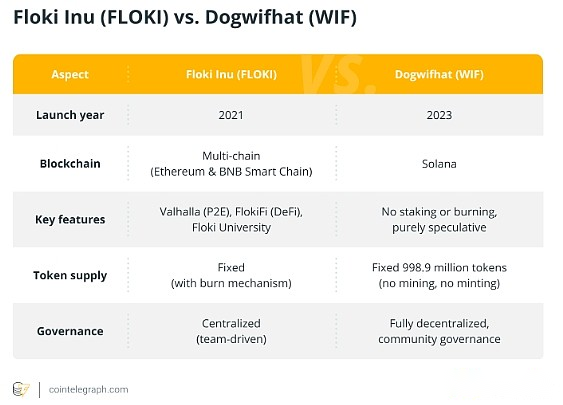
Do you know?The pre-sale of WIF tokens is limited to 29 people, who receive 18% of the total supply.Each participant paid 0.6 SOL per wallet, thus bringing a large amount of airdrops to these early investors.
3. Dogwifhat’s Token Economics
Dogwifhat’s token economics model establishes it as a decentralized cryptocurrency where the token owner community jointly manages the future of the token.
Dogwifhat uses Shiba Inu mascot to attract memecoin lovers.It gains a considerable fan base, often attracted by its lively atmosphere and emphasis on the community.Soon after, its value soared, demonstrating the unpredictability of memecoin.On November 12, 2024, Dogwifhat had a market capitalization of $3.16 billion.
Dogwifhat’s fixed token supply is 998.9 million, all of which are in circulation.In terms of token economics, Dogwifhat follows three core principles—no mining, no minting and fixed supply.The value of tokens is driven by market speculation.Positive sentiment in the altcoin community is the only factor.
Since the founders, teams and developers of Dogwifhat chose to be anonymous, their information was not available.
Do you know?DEX aggregator data shows that between 40,000 and 50,000 new crypto tokens are created every day, peaking at 100,000 during a period of intense hype.Solana leads with 17,000 to 20,000 new tokens per day.
4. Is Dogwifhat suitable for investment?
While Dogwifhat has experienced significant growth since its inception, you should consider the inherent risks associated with memecoins.Despite recent success and positive recognition, you can never be sure that this uptrend will continue.
Like other cryptocurrencies, Dogwifhat is susceptible to unexpected price fluctuations.Memecoins are speculative, so it is difficult to predict future price trends.In addition, as the crypto market continues to evolve, new regulations and market trends may affect Dogwifhat’s long-term viability.
Given that Dogwifhat is relatively young and has a small market capitalization, even common market events such as large-scale buying or selling can cause substantial price fluctuations.The lack of basic utility amplifies Dogwifhat’s risk profile.
Before investing in Dogwifhat or any memecoin, you should do a thorough research and carefully consider the risks involved.

5. Risks to consider when investing in Dogwifhat and other memecoin
Before investing in memecoin, it is important to understand the risks associated with it.Here are some of the risks unique to memecoin:
-
Extreme price fluctuations: Memecoin is usually more volatile than other cryptocurrencies and often fluctuates with internet hype.When people’s interest fades, they can fall rapidly, making any investment at high risk.
-
Gouging and Selling Plans: Meme coins are susceptible to manipulation, such as gouging and selling plans and canvassing, where creators artificially raise prices and then disappear with investors’ funds.
-
Limited Practicality: Unlike mainstream cryptocurrencies with specific uses, memecoin often lacks practical applications and relies on community-driven hype.When emotions change, their value may suddenly collapse.
-
Lack of regulation: Meme coins usually lack regulatory oversight.Many meme coin creators are anonymous, meaning investors have little responsibility or legal recourse.
-
Lack of transparency: Memecoin projects are usually very low in transparency.Many companies lack clear information about their team, roadmap, or token economics, which makes it difficult for investors to fully understand the project before investing.
It is worth noting that some memecoins have gained fame but have lost momentum in the market due to lack of practicality, waning interest or manipulation.Mooncoin (MOON) is an example, it is popular for its community-driven nature and connection to the “moon” theme in crypto culture.Despite its popularity in the early days, it failed to gain real-world utility and gradually lost its attention.
Garlicoin (GRLC), a memecoin that was created in 2018, also saw an initial surge in interest before it lost its motivation and failed to maintain its existence.
These examples highlight the risk of investments lack fundamental support and are primarily driven by social media trends that may rapidly decrease, leading to their decline.

